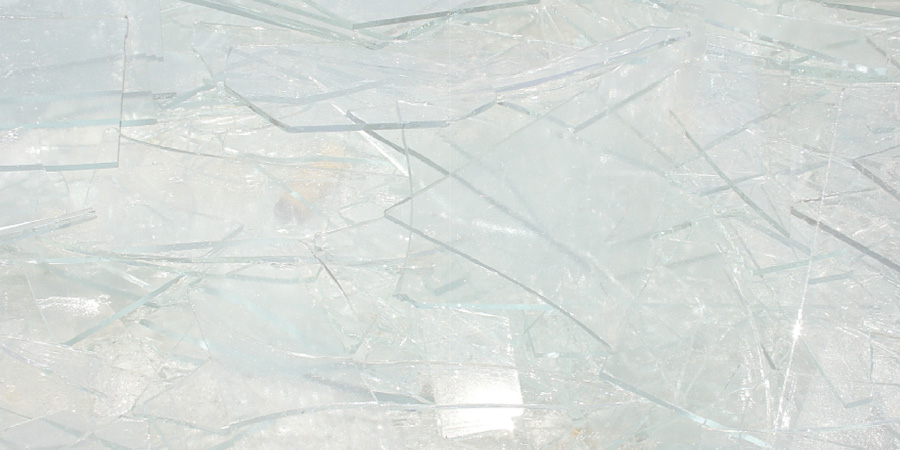





Capturing Images Trapped Between the Ordinary and the Sublime
Laurie Ann Farrell
Have you ever traveled with a photographer? If so, you know about the frequent pauses and stops made along your route to capture images of the sidewalk, a leaf, a cloud floating past – elements that most pedestrians overlook. You begin to provision for additional time to reach destinations as a way of acknowledging that the artist’s eye never rests. Abrie Fourie is an artist whose acumen reveals a close attention to the details in our everyday surroundings that most of us fail to notice. Fourie shoots hundreds of images each day. He then carefully edits this pool down to construct a visual vocabulary that resonates with issues seminal to his outlook on life.
Born in 1969, Fourie grew up with one eye turned towards the socio-political realities of Pretoria and the other towards the music and popular culture of the 1980s. His imagery articulates a mature reconciliation of these disparate influences. Images are choreographed into series and strings of photographic installations that elevate views of the seemingly mundane to the profound. Fourie is drawn to the way photographs can embody emotions and traces of moments and more enduring life experiences. Equipped with two or more cameras on any given day, he carefully surveys his surroundings – always looking for shots which will later function as mnemonic devices.
Fourie’s life has included higher education in fine arts and curatorial studies, a tour of duty in the military, marriage, fatherhood, and international travel as an artist – all in the context of a deep spiritual grounding. He credits Pretoria Tecknikon mentor and friend Andreas Schönfeldt with helping him develop his artistic vision and his role as an art educator. Historic sources of artistic inspiration include Beuys, Kiefer, Pollock, Rothko and Twombly, while recent influences range from the conceptual works of Boshoff to the graphic virtuosity of Kentridge.
In 2003, Fourie won the Brett Kebble photography award for his breathtakingly beautiful interior of a
holding cell in a Swiss prison. Images such as Solitary Confinement (2003) bend the limits of digital pixilation in the creation of an oversized encapsulation of silence and solitude. While pictures like this suggest an allegiance to the school of blurry photography which has flooded the art market in recent years, Solitary Confinement evades this category through its conceptual point of departure. Fourie’s interest lies in creating meditative settings where viewers can project themselves into the space and come out with their own sense of meaning. Moreover, the works envelop aesthetics as a means of communicating larger messages.
Artists such as Constable and the photographer Ansel Adams employed images of clouds in their work to arouse an emotional response in the spectator. Fourie’s cloud series have been created over an extended period of time and in different locations using colored bags and sacks caught in barbed-wire fencing. Usually photographed as dynamic forms dancing in the breeze, against a cloud-filled sky, Fourie’s billowy forms meld beauty and waste. These new clouds also suggest abstract properties of spiritual transcendence. By mounting these works on aluminum to accentuate the sparkling quality of light refraction in clouds, Fourie has developed a technique of constructing these images which stays true to the dynamic movement and ethereal qualities occurring in nature.
Similarly, Sea of Glass (2005) recycles images culled from the artist’s surroundings into crests and waves of flowing glass. Assembled through a series of light-box details, the installation suggests a tranquility interrupted by the potential danger implied by the sharp, jagged edges of broken glass. Shot in a dumpster in Johannesburg, Fourie’s body of water provides the viewer with a peaceful visual sanctuary, a silent space for meditation. Simultaneously beautiful and barbed, these constructed images are the lingua franca of Fourie’s work and access metaphors that exist between secular and spiritual realms.
Wall (2002-2005) presents a grand, forgotten building in Mozambique that stands as a reminder to a colonial era gone by. This structure has been stripped of its functionality, but remains like a beautiful scar in the landscape. Delicate purple flowers growing in the weeds in the foreground create a poetic juxtaposition between the decay of the past and the subtle potential for growth and regeneration of the present. Fourie reminds us that beauty can be found in unexpected places. The formal composition of the photograph illustrates these points without the need for a deeper understanding of the history of the building, or area.
In 2004, Fourie had a solo exhibition at the Museum for African Art in New York. End of the World brought together video, photographic installations and his hallmark Duratrans light-box works in an intimate project space. A print of the artist lying prostrate in front of the Reformer’s Monument in Geneva entitled where-we-r (2003) prompted important links between formal beauty and spiritual transcendence. An oversized light-box triptych of Cape Point juxtaposed with a two-channel video installation of the artist in a state of unrelenting catharsis provides clues into parallels between the external beauty of a vision captured at the edge of the world and the process of finding solace after a devastating divorce. Collectively the works simulated a self-portrait of the artist and provided reflective spaces for viewers.
